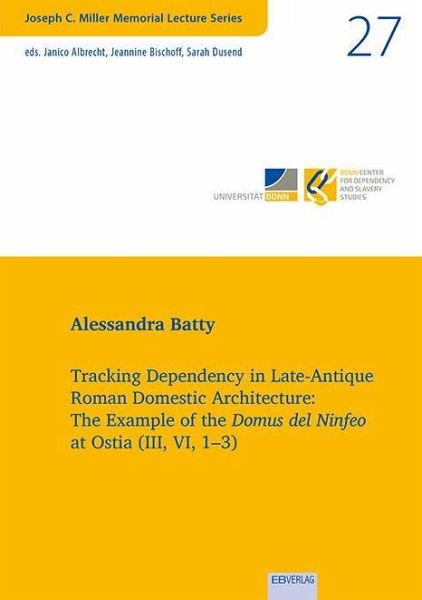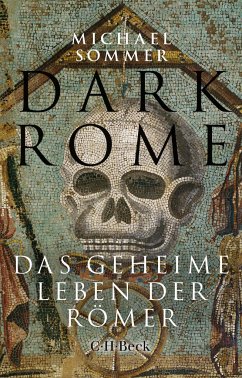
Tracking Dependency in Late-Antique Roman Domestic Architecture:
The Example of the Domus del Ninfeo at Ostia (III, VI, 1-3)
Versandkostenfrei!
Sofort lieferbar
15,00 €
inkl. MwSt.

PAYBACK Punkte
0 °P sammeln!
This short text focuses on the Domus del Ninfeo at Ostia as a case study of how built structures can be read as a powerful metaphor for the in/visibility of social classes within Roman society. The structural transformations undergone by the Domus del Ninfeo were more than mere architectural changes; rather, they can be seen as a testament to the evolving practices of class distinction and gaze craftsmanship. The spaces within the house reveal a microcosm of Roman society where social boundaries were both erected and eroded, offering a unique lens through which to investigate the relationship ...
This short text focuses on the Domus del Ninfeo at Ostia as a case study of how built structures can be read as a powerful metaphor for the in/visibility of social classes within Roman society. The structural transformations undergone by the Domus del Ninfeo were more than mere architectural changes; rather, they can be seen as a testament to the evolving practices of class distinction and gaze craftsmanship. The spaces within the house reveal a microcosm of Roman society where social boundaries were both erected and eroded, offering a unique lens through which to investigate the relationship between master and slaves, and provide an example of the subtle yet powerful architectural cues that dictated the lives of its inhabitants












